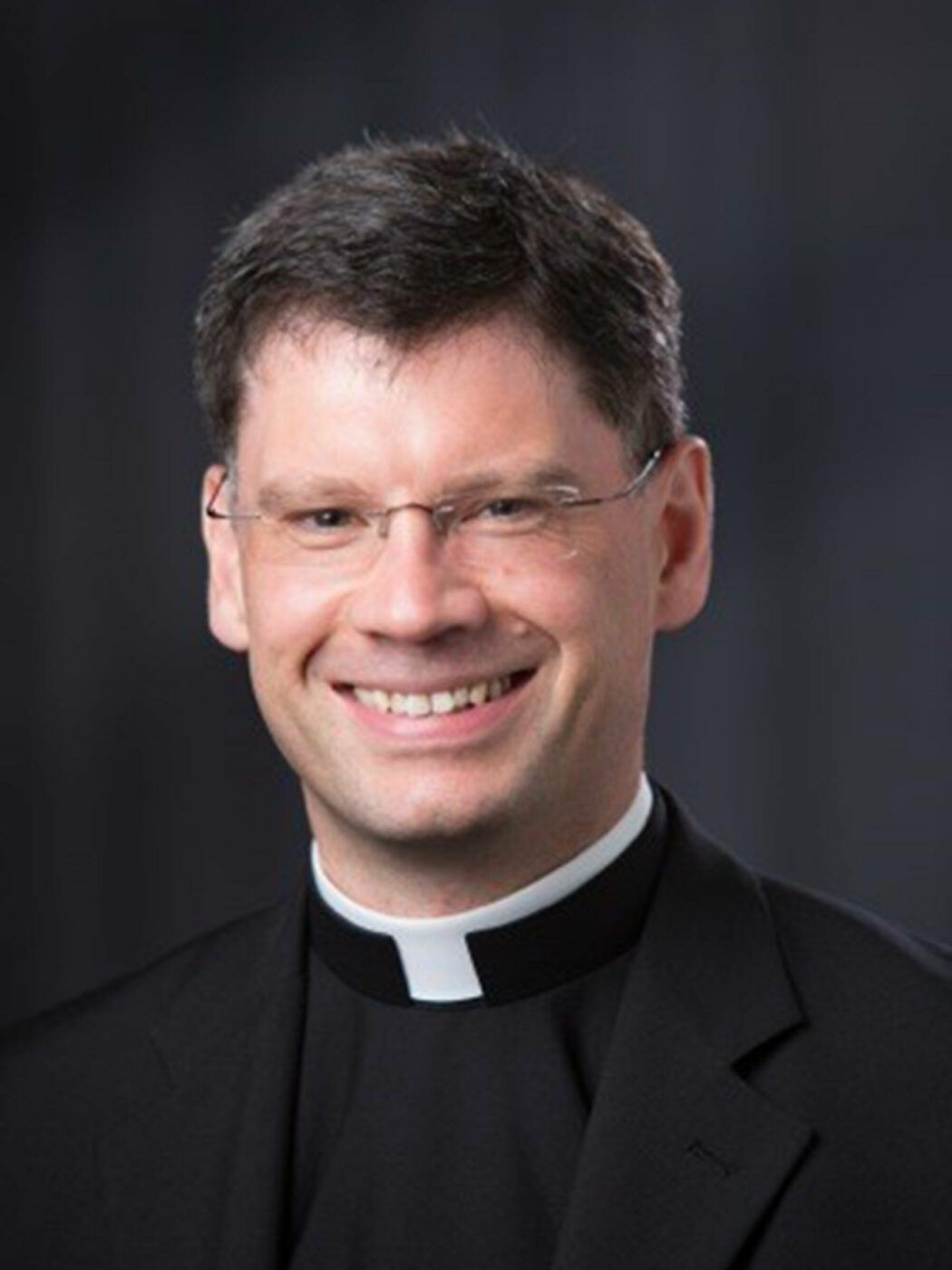My view of the beatitudes changed completely when someone pointed out that the beatitudes aren’t just a list. They are a portrait of Jesus himself: an encounter with the Living God in Jesus Christ. A picture is worth a thousand words—and a person is much more compelling than a definition. When that Person is the Lord Jesus, God in our flesh, whose divinity radiates from his sacred humanity, then we are drawn powerfully to him. The beatitudes are a portrait of Jesus himself.
They are also for us because each of us is called to be a unique portrait, a special edition of the One who embodies these beatitudes, that is, Christ himself. Christ is the original, the measure, but each of us is meant to reflect him. Each of us is called to be a man or woman of the beatitudes.
Saint John Paul II called Blessed Pier Giorgio Frassati a “Man of the Beatitudes”: “Behold the man of the beatitudes who bears in himself the grace of the Gospel . . . the joy of salvation offered to us by Christ. . .”; “only the person who becomes a ‘man or woman of the Beatitudes’ can succeed in communicating love and peace to others.”
Though Pier Giorgio lived only twenty-four years, he lived to the full. He lived to the full because he lived the beatitudes. This is what Jesus proposes to us in the gospel today: live to the full by living the beatitudes. By living to the full in this way, we give greater glory to God because “the glory of God is man fully alive” (St. Irenaeus of Lyons).
In the beatitudes, the Lord Jesus sets before us a way of life that is full, beautiful, and open to us. It is ours for the choosing. The Lord of Life wants us to be full of life and, as Pope Francis reminds us, “life is a time for making robust, decisive, eternal choices . . . Indeed, we become what we choose, for better or for worse. . .” Today, the Lord sets before us blessing or woe in the beatitudes of Saint Luke’s gospel.

Luke chapter six, from which today’s gospel passage is taken, ends with Jesus’ words on a good tree producing only good fruit and the need to build on solid rock. Luke’s beatitudes describe how this good fruit is to be cultivated and how our lives can be built on the solid rock of Christ. As Jesus speaks the four blessings and four curses of this gospel, he reorients our hearts to himself for in giving us the beatitudes, he describes himself. He pulls on our hearts to draw us to his Sacred Heart. There is nothing abstract about the beatitudes. He is the Innocent One who was once poor, hungry and thirsty, who wept, and who was rejected and unjustly denounced. Jesus embodies his beatitudes. To live them is to resemble Jesus and let him live and love in us. The living of his beatitudes is the living of his life and so means the closeness of his presence. The suffering-glorified Jesus is never far from the man or woman of the beatitudes and the living of his beatitudes leads us to discern his face in the poor, hungry, weeping, and denounced.
Counterintuitively, living the beatitudes leads us to possess all we desire. Such living will bring us one day to see his face in heaven. This is the culmination of the beatitudes with the sight of God. However, we don’t have to wait until heaven to experience the joy of the beatitudes. Jesus tells the poor, the sad, the hungry, the denounced to “rejoice on that day” for “your reward will be great in heaven.” Even now, the joy of heaven spills over into that day, that is, into today as we strive to live the beatitudes.
In Luke’s beatitudes, there is something different. Jesus looks at those assembled around him on the plain and he addresses them directly and personally. He looks them in the eye and speaks, not impersonally using “they” or “those,” rather, he speaks to “you”: “Blessed are you who are poor . . . you who are hungry, weeping, denounced.” He’s not speaking of a generic group but speaking directly to you in your suffering. It’s difficult to avoid his words and his gaze here. It is you he addresses.
Holiness looks different for everyone but what saints have in common is the living of the beatitudes, the radiating of Christ himself, the Man of the Beatitudes. There is risk involved, but our security is greater because it is rooted not in abstract ideas but in the suffering, sacred humanity of the One who radiates divine glory and reveals the face of God. He is the authentic image of God, the “true icon” (from the Latin-Greek vera eikon). He wants to imprint his image on us—on you—as once he imprinted his face on the veil of Veronica, a woman of the beatitudes.
In his beatitudes, Christ describes the features of the blessed, the holy—his own features and those of his saints. The will of God for us is that we become saints (1 Thess 4:3). Blessed Columba Marmion would say that the Father has “no other will for us” than that we become like Jesus (Rom 8:29). This is why we pray the gospels, searching there for the face of Christ that his features be reproduced in us: “It is your face O Lord that I seek. Hide not your face” (Ps 27:8-9).
The more we gaze on him, in his Word, in the Holy Eucharist, in our prayer, and in the poor, the more that image is imprinted on our hearts—the more we become people of the beatitudes, true icons, authentic images of Jesus. Striving to live the beatitudes, we radiate the holiness of Christ himself. Now we live his life. Now we love with his love.


